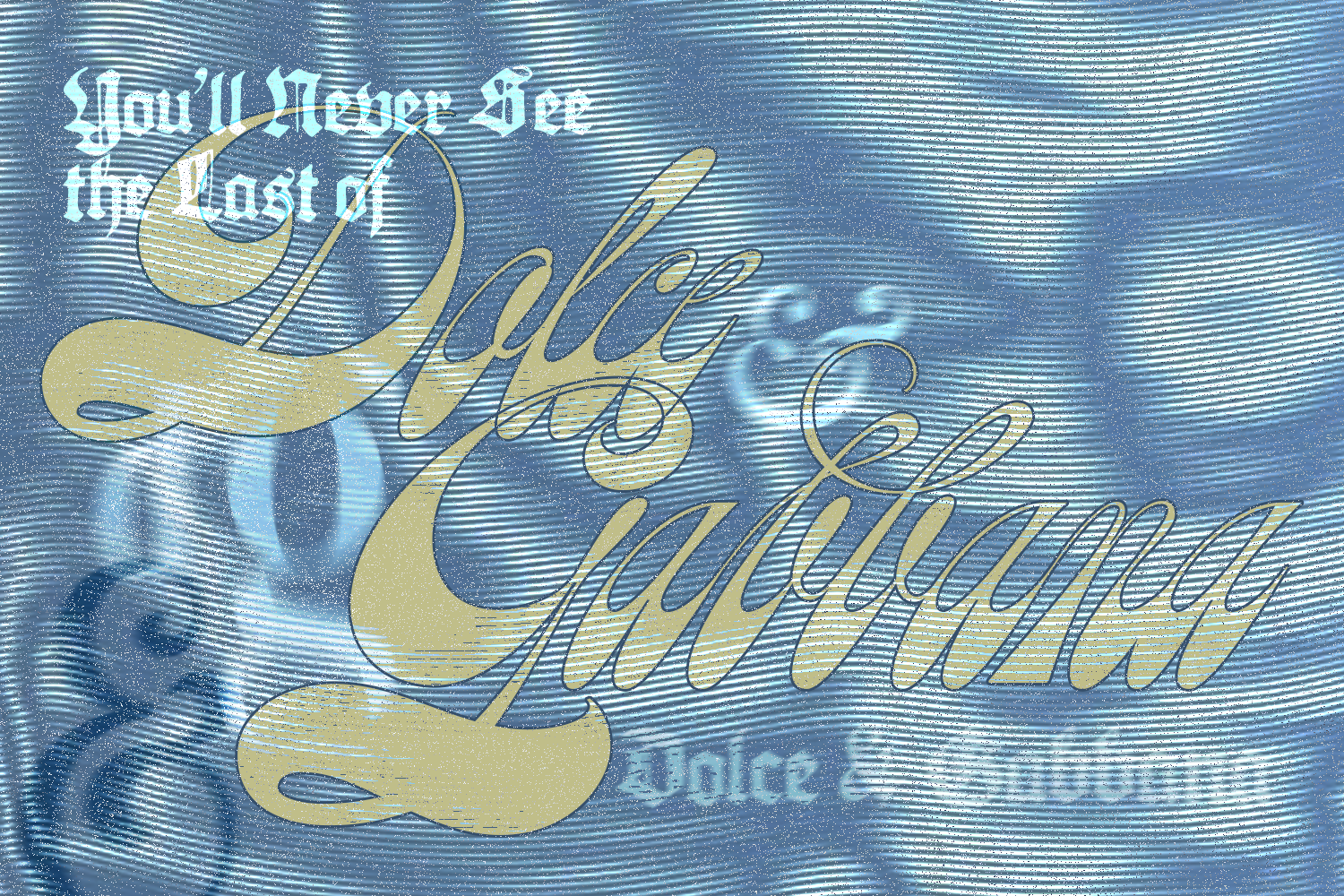Balenciaga, Alexander Wang, and Dolce and Gabbana. One of these brands is not perceived like the other. Sure, maybe you internally cringed as you read over each name, but more likely, you were left wondering what D&G did to be grouped with these infamously scarlet letter-labeled brands. Well, the unfortunate truth is that Dolce and Gabbana has publicly, unapologetically, and consistently made questionable campaign decisions and homophobic and racist statements for over a decade. And every time, without fail, the founders and current creative directors, Stefano Gabbana and Domenico Dolce, cyberbully customers and sue journalists in lieu of taking accountability.
The brand’s most recent misstep (an ad campaign from 2018 that features a Chinese model attempting to use chopsticks on oversized Italian foods while the narrator mocks her) could have been swept under the PR rug if Stefano hadn’t fueled the media frenzy by dming model Michaela Tranova after she questioned the integrity of the campaign. Instead of apologizing, Stefano states, “the country of **** is China…and you are also quiet that we live very well without you.” Then, as if that sentence wasn’t horrific enough, he texts “Chinese Ignorant Dirty Smelling Mafia.” Ironically, this occurred a day before D&G’s (canceled) Shanghai fashion show, which was supposedly meant to honor Chinese culture and fashion. After significant blowback from consumers, Steffano claimed the dms had been sent from a hacker, and a very belated “apology” video was released on YouTube.
Surprisingly, the fashion industry decided enough was enough. No more chances, legal team apologies, or ridiculous excuses. It was clear Stefano and Domenico didn’t want to utilize critical thinking and empathy or achieve personal growth. Brand ambassadors terminated their contracts, stylists cleaned out their closets, and everyone dropped their Sicily handbags. Dolce and Gabbana was rarely spotted on red carpets, and if someone did show up in a D&G suit or gown, the comment section was immediately flooded with vomit emojis. Eventually, their retail market picked back up, but their reputation was still tainted.
Yet this year, when it came to the Emmys, tens of A-list celebrities were dressed in Dolce and Gabbana. The comment section praised the beautiful clothes and questioned anyone who criticized supporting the brand. Seemingly, the statute of limitations has been reached. Dolce and Gabbana is cool again. But why? Why are we giving this brand another chance when absolutely nothing has changed? Why are other brands like Balenciaga’s retail market still heavily impacted, yet D&G’s is fine? Well, unfortunately, the answer boils down to aesthetics, exposure, and Pinterest.
Because the scandal occurred back in 2018 and the brand’s artfully luxurious image is so carefully crafted and admired, most people are willing to excuse anything after a few years for a D&G tag. Open up your Pinterest feed, and I promise there is at least one Dolce and Gabbana fairytalesque sculptured heel on the homepage. Because unfortunately, as terrible as the brand is, they have breathtakingly stunning designs. Two things can be true: one can have bad morals yet beautiful shoes (a.k.a Pinterest fodder). Most images are reposted over and over again, either starting without a reference or source or losing it along the way. So, usually, most people aren’t even aware of what they are pinning.
However, this only increases Dolce and Gabbana’s positive exposure, encouraging the brand to break from its shell and back into the industry. Of course, their exposure never entirely dissipated. The Kardashians (who dropped Balenciaga but seem to make exceptions with D&G?) have been friends and regular clients of the brand for years: ex. Kourtney’s entire wedding. Additionally, Dolce and Gabbana’s scandal stayed relatively contained within the fashion world, mostly reaching people already in the industry, whereas Balenciaga’s blew up on alt-right Twitter before making it mainstream. If you hadn’t heard about the bondage teddy bears, then your neighbor, mom, and Amazon driver had. Needless to say, Balenciaga’s unfortunate campaign had the broadest reach of any fashion scandal ever.
But where does that leave us now? Do we excuse a brand that has repeatedly shown disregard for the law (tax evasion!), their customer base, and basic human decency because they have pretty clothes and there are worse people out there? We shouldn’t, but we will. Because if something is avoided for long enough, people tend to forgive and forget (especially when that something is a well-established haute couture brand). Sure, enabling Dolce and Gabbana isn’t the end of the world. However, I can’t help but think of that one George Santayana quote. “Those who cannot remember the past are condemned to repeat it.” If Dolce and Gabbana’s terrible behavior is rewarded, the boundaries of morality and compassion will only continue to be pushed, and with the brand being headquartered in a country with a concerningly increasing far-right extremist government, I worry about their next “mistake.”
Words by Miia Popovics.
Graphics by Aubrey Lauer.

